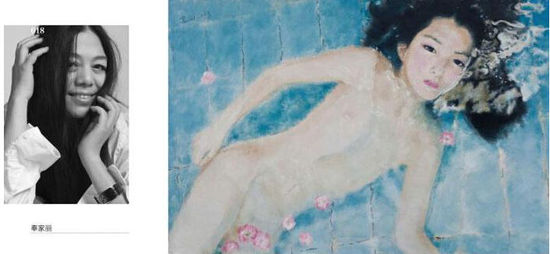Viewing • shaping

In English there is also an exact corresponding idiom: "Seeing Is Believing".
All this confirms that the lofty status of vision in sensory organs, while the importance of vision is also supported by cognitive science: more than 80% of the information we received from the outside world is obtained through vision.
However, it should be noticed that no matter how much we rely on vision to obtain the information, the information has never been directly equivalent to the concept, and they can not even be called knowledge. John Berg in the "WAY TO WATCH" said meaningfully "what we see and what we know, the relationship between the two has never been clarified", and world-renowned art historian EH Gombrich, through his well-known "THE STORY OF ATR" tried to reveal: "artists have never painted their own view, but painted their knowledge".

Not many people knows that, according to the detailed research of Wadyslaw Tatarkiewicz's monumental masterpiece, "the history of the six Western aesthetic concept", compare to plastic surgery there is almost no skills can be more in line with the ancient Greece to the late Renaissance art concept, because in the last 2000 years, the core essence of art is man-made things, superb skills and the most important - rational and systematic knowledge. And now our narrow ideas and inertia awareness on the art, is only the accidentally generated and amplified the art of discourse, artistic power, art institutions discipline products since the 18th century.
The medical biotechnology of the 21st century, has enabled us to have infinite liberty to break through the cocoon of the gods to regain the ideal image. But this infinite glow of self- image, if not accompanied by freedom of thought and freedom of viewing, escapes from the freedom of artistic cognitive discipline, then it will be empty with shell and overshadowed. People may ask: After the end of art, where is it going? The answer of this exhibition is that you have walked into this exhibition, and art has walked into the life, walked to the freedom of thought and to the limitless of practice.
22-04-2016 Han Xiao wrote in Beijing

